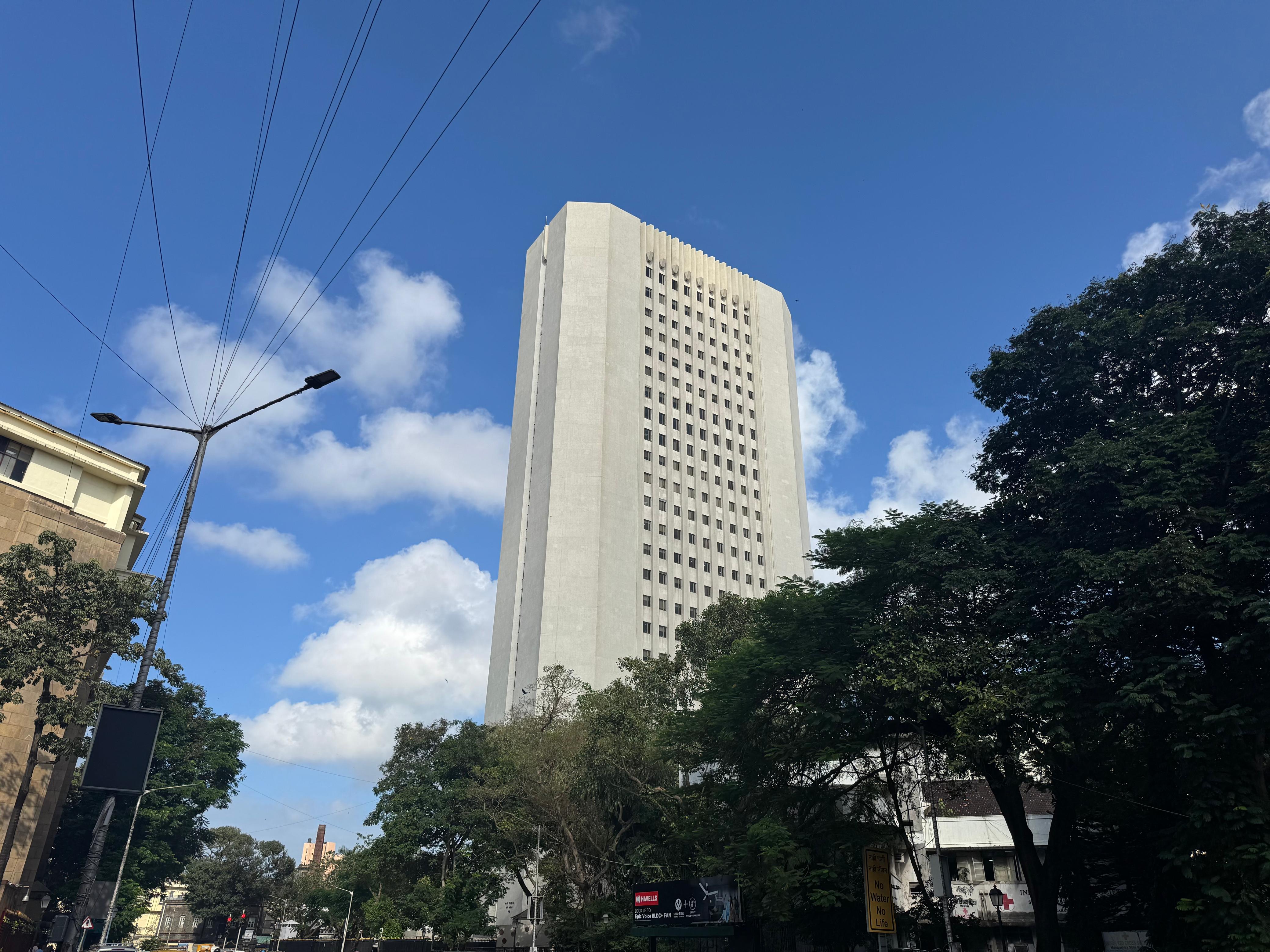.png)

By K. Srinivasa Rao
Kembai Srinivasa Rao is a former banker who teaches and usually writes on Macroeconomy, Monetary policy developments, Risk Management, Corporate Governance, and the BFSI sector.
October 8, 2025 at 10:41 AM IST
The Reserve Bank of India’s latest policy package marks the opening act of what could become the next generation of banking reforms. The new measures ease regulatory constraints, expand the credit universe, and grant banks greater operational freedom to lend. Yet, the deeper challenge now lies not in the policy itself but in how banks absorb this freedom, by strengthening governance, modernising risk frameworks, and building institutional capacity to manage new forms of exposure.
Over the past year, the financial system has reached a position of rare strength. As of June 2025, the Capital to Risk-Weighted Assets Ratio stood at 17.54%, well above the regulatory floor. Gross non-performing assets have dropped to a historic low of 2.22%, with net NPAs down to 0.51%. Non-bank finance companies are equally well-capitalised, with CRAR close to 26%. Balance-sheet resilience, coupled with subdued credit growth at 10.2% year-over-year, has created the perfect backdrop for regulatory loosening.
The new liberalisation is far-reaching.
Banks can now lend more freely for mergers and acquisitions, finance IPOs up to ₹2.5 million per borrower, and offer loans against shares up to ₹10 million, five times the earlier ceiling. The earlier large-exposure cap, which restricted lending to corporates with aggregate bank exposure above ₹100 billion, has been withdrawn. NBFCs benefit from lower risk weights for high-quality infrastructure projects. Alongside, the RBI has laid down a timeline for adopting the expected credit loss (ECL) framework and a revised Basel III regime by 2027, with complete migration to ECL by 2031.
These measures, while individually familiar, collectively signal a structural shift in how credit risk is to be assessed, priced, supervised, and monitored. The intent is clear: to deepen the flow of funds, reduce intermediation costs, and align India’s prudential norms with global standards. Yet, the liberalisation simultaneously exposes banks to complex new risks—from M&A financing and capital-market exposure to borrower concentration and interconnected credit risks.
These are qualitatively different from traditional lending risks. Financing leveraged acquisitions or large promoter-led groups demands a sharper understanding of deal dynamics, valuation cycles, and counterparty linkages. Lending against equity or debt securities ties bank balance sheets more closely to market volatility. Even infrastructure lending under a lower risk weight could conceal duration and execution risks if credit appraisal frameworks is not aligned to complex underlying risks.
Risk Renewal
The upcoming phase of reform, therefore, must be as much about risk transformation as credit expansion. Banks will need to overhaul their credit-appraisal systems, recalibrate credit risk assessment models, and embed risk analytics into day-to-day decisions. Many will have to build new internal capabilities, credit risk labs, data-driven stress-testing units, and AI-based early-warning systems to detect weaknesses before they erode credit quality.
Boards and top management will have to set the tone. Governance, not just compliance, must define how far and how fast banks can stretch their balance sheets. The board’s oversight of risk appetite, human-resource incentives, and organisational design will determine whether the new regulatory freedom translates into sustainable profitability or is exposed to erosion due to risk-adjusted volatility. A well-governed bank must ensure that risk awareness permeates all levels of decision-making, from credit origination to monitoring and resolution.
Talent, too, will become a differentiator. The next competitive edge in banking will not come from cost efficiency or digital speed alone but from the depth of risk intelligence within institutions. Credit officers will need training in new asset classes, valuation methods, and market behaviour. Specialist risk managers, sector-wise and analytics-driven, will be in short supply. Mapping and developing this talent should now be a board-level agenda item.
What the RBI has effectively done is to hand over the baton of reform to the banks themselves. The regulator has liberalised the perimeter; the onus of prudence shifts inward. Banks must now demonstrate that they can manage the complexity of capital-market exposure and interconnected credit risks without compromising asset quality or affecting systemic stability.
In the long run, this phase could determine whether Indian banks can ascend to global scale. A handful of them could break into the world’s top 100 by 2030, but that ascent will depend less on policy support and more on institutional discipline—how well risk is priced, monitored, and resolved.
The RBI’s blueprint is bold, but its success and competitiveness will be measured by the maturity in its execution by regulated entities. The financial sector is entering a decade of self-driven reform where risk management, not regulation alone, will decide who leads and who lags. The next-gen reform is not about lending more; it is about lending smarter, with stronger nerves and sharper eyes on risk management.




